Key Takeaways:
- Understanding the role of ski poles in balance and timing for various skier types.
- Exploring scenarios where ski poles are beneficial and when they might be optional.
- Insights into how ski schools approach the use of poles for beginners.
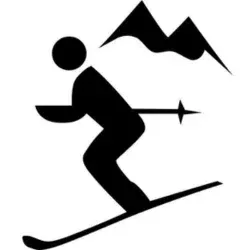
Skiing is an amazing sport that combines speed, agility, and the breathtaking beauty of snow-covered landscapes. Whether you're a seasoned pole planter or a new wave skier, one question often surfaces: do you need poles to ski? This article delves into the popular debate, examining the function of ski poles and their importance across different skiing styles and terrains.
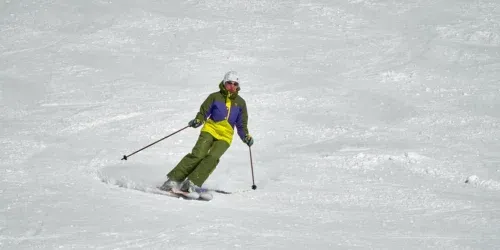
The Role of Ski Poles in Balance and Timing
For many skiers, poles are an integral part of the skiing experience. They serve as a tool for balance, particularly on steep slopes where maintaining your center of gravity is crucial. Poles also assist in timing your turns, helping to synchronize your upper body movements with your skis. This is especially true for short turns, where precise timing can make all the difference.
However, the necessity of ski poles can vary depending on the skier type suits. Seasoned skiers often rely on pole plants to navigate challenging terrain, while beginner skiers might find them cumbersome. Ski schools sometimes delay introducing poles to ensure that new skiers focus on the most important things: balance and the fundamentals of skiing.
Ski Poles for Different Skiing Styles
Downhill skiing typically sees the most use of ski poles. They are helpful for pushing off at the start, maintaining rhythm during turns, and providing a point of rest on flat spots. In contrast, park skiers or those who prefer to freestyle may opt for a pole less approach, as poles can interfere with tricks and jumps.
The skiing style you adopt will influence whether you use ski poles. For instance, in the backcountry or on powder snow, poles can be essential for stability and to help you push through deep snow. Conversely, on a groomed bunny hill, new skiers might benefit from skiing without poles to better learn balance and control.
The Evolution of Ski Gear: From Sticks to High-Tech Poles
The ski world has witnessed a remarkable transformation in ski gear, particularly when it comes to ski poles. Initially, skiers used simple sticks to help them navigate the snowy slopes. Today, however, ski poles are sophisticated pieces of equipment, designed with aerodynamics and ergonomics in mind. They're crafted from materials like carbon fiber and aluminum, which offer a blend of lightweight strength and flexibility. This evolution is a testament to the relentless search for better performance and safety on the slopes.
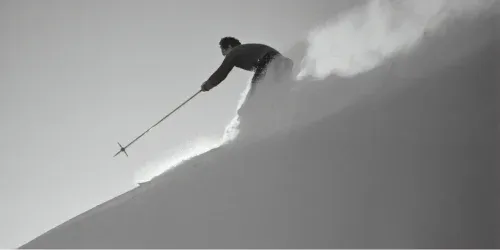
The importance of ski poles extends beyond their functional role in balance and timing. They are a critical component of a skier's gear, contributing to the overall skiing experience. A well-executed pole plant, for example, can be the difference between gracefully carving a turn and falling. It's not just about having poles, but also about having the right poles that are suited to your skiing style and the conditions of the mountain. As such, the choice of ski poles can be as personal and important as the choice of boots or bindings.
Preparing for Your First Day on the Slopes: Ski Poles and Beyond
Embarking on your first day of skiing can be as exhilarating as it is daunting. While ski poles may not be immediately necessary for beginners, they become integral as you progress. The first day on the slopes is about getting comfortable with the basics: learning how to maneuver with your bindings, understanding the snow conditions, and mastering the art of falling safely. Ski poles eventually come into play as you develop your skills and require more precision in your movements.
As you advance, the role of ski poles becomes more evident. They assist not only in balance but also in propelling you forward in flat areas or during a climb. The pole plant becomes a rhythmic part of your skiing technique, helping to maintain momentum and establish a cadence. For those in the ski world, the journey from first-day jitters to confident pole plants is a rite of passage, marking the transition from novice to a skier with a deeper connection to the sport.
When Ski Poles Are Beneficial
Ski poles prove their worth in a variety of situations. On lift lines, they can help you pull yourself forward or navigate through the crowd. On the mountain, they can be indispensable for pushing off on flat terrain or helping you stand up after a fall. For children and beginners, poles can provide a sense of security and an additional point of contact with the ground.
Moreover, ski poles can be helpful in maintaining proper upper body position. They encourage skiers to lean forward and engage their core, which is essential for proper skiing technique. For those learning to carve or perform short turns, the rhythm provided by pole plants can be invaluable.
Scenarios Where Poles Might Be Optional
There's a growing number of skiers who choose to ski without poles, especially among the new skier demographic. On gentle slopes or when practicing in a ski park, poles can sometimes be more of a distraction than a help. In these cases, focusing on the fundamentals of skiing—such as weight distribution and edge control—can be more beneficial without the added complexity of poles.
Personal preference also plays a significant role in the decision to use ski poles. Some skiers find that they can maintain better balance and control without the encumbrance of poles. This pole less approach can also encourage skiers to develop a stronger core as they rely more on their body for stability.
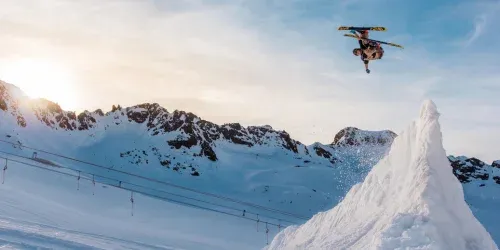
The Ski School Approach to Poles
Ski schools often have a structured approach when it comes to teaching beginners. Many instructors believe that learning to ski without poles initially can help new skiers develop a better sense of balance and body positioning. Once these foundational skills are mastered, poles are gradually introduced to complement the skier's technique.
The decision to use ski poles is also influenced by the terrain and conditions of the lesson. On flatter terrain or during exercises focused on balance and edging, poles might be set aside. As students progress and start tackling more varied terrain, poles become a useful tool for practice and refinement.
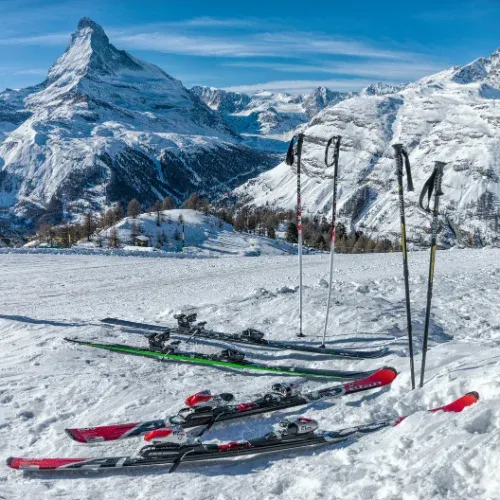
Summary
The question of whether you need poles to ski is not a one-size-fits-all answer. It largely depends on the skier's experience level, skiing style, and personal preference. While poles are beneficial for balance, timing, and navigating certain terrains, they can be optional for those focusing on the basics or skiing in park settings. Ultimately, the choice to use ski poles should be made based on what feels most comfortable and what enhances your skiing experience.
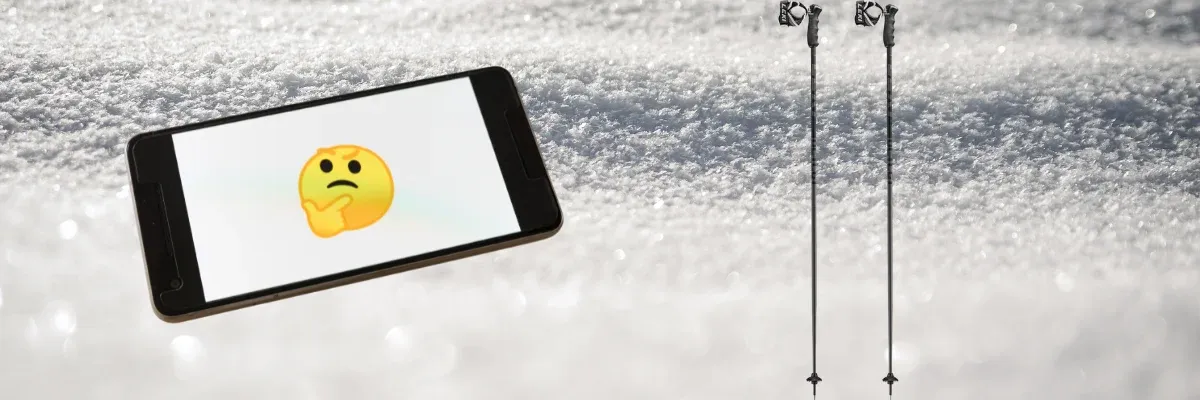
FAQs
Can beginners ski without poles?
Yes, beginners can ski without poles. Many ski schools start new skiers off without poles to help them focus on balance and mastering the basic movements of skiing.
Are ski poles necessary for advanced skiers?
For advanced skiers, poles are often considered necessary, especially on challenging terrain where they aid in balance, timing, and making precise turns. However, some advanced skiers may choose to ski without poles based on personal preference or specific skiing styles.
Do ski poles help with balance?
Ski poles can help with balance by providing an additional point of contact with the snow and helping to distribute weight evenly during turns. They are particularly useful on steep slopes and uneven terrain.









